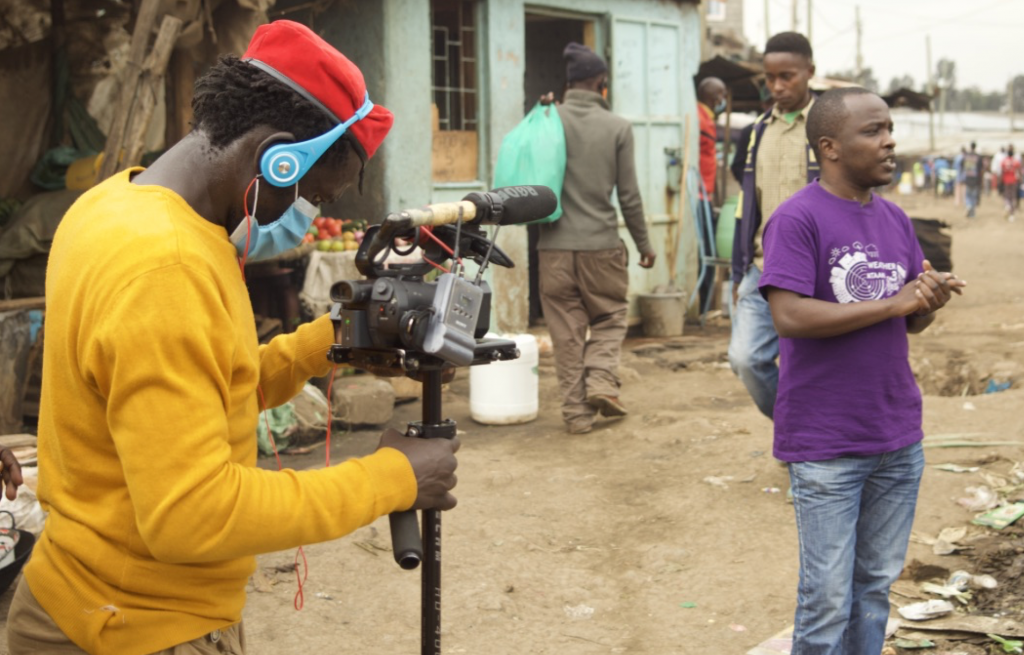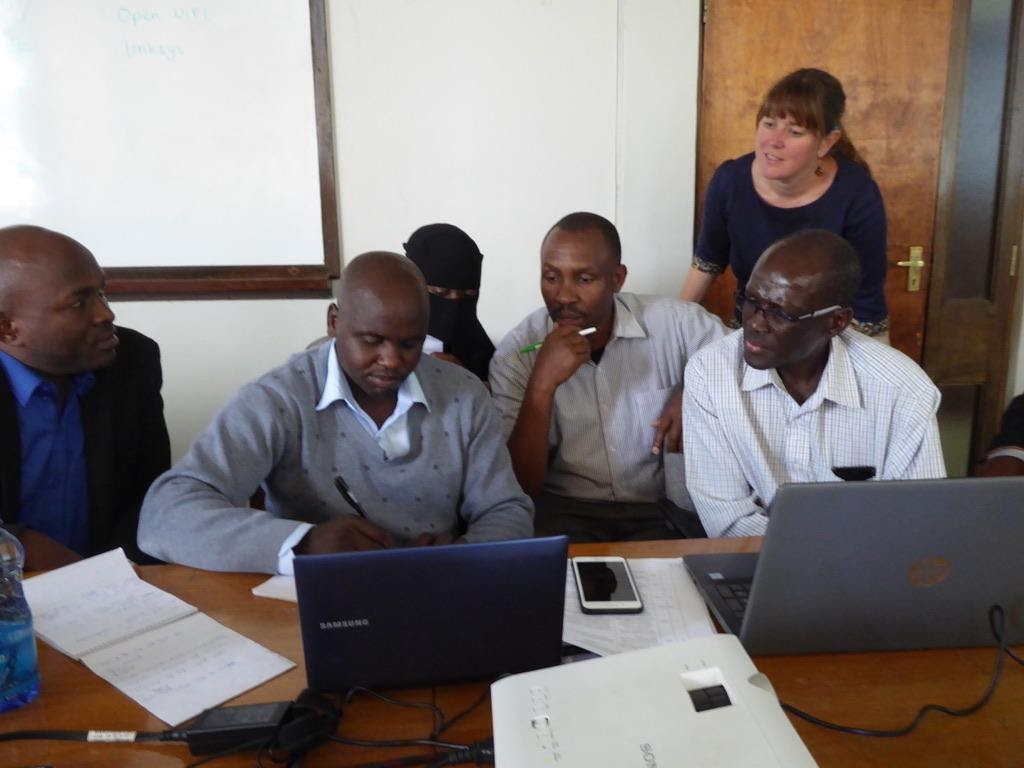A network of tents in Khartoum’s urban island: community flood management in action
By Sunayana Sen
Programme Manager, DARAJA | Resurgence
At the heart of Khartoum, a city of more than 6 million total population, with over 50% living in informal settlements, there is Tuti Island. Tuti Island is located at the confluence of the White Nile and Blue Nile rivers making the location an advantage for agriculture. However, given its location, the island has frequently experienced flooding, which is becoming more intense. Decades of flooding means there is a wealth of indigenous knowledge on flood management in the urban island community. The community has utilised this knowledge to create a flood monitoring, early warning, and response system – the Taya System.
Indigenous knowledge-based flood management
The Taya system is a community-led indigenous system. It is a network of tents, i.e., Tayas, that are built in the proximity of informal settlements that are highly vulnerable to flooding. The Tayas have multiple functions; primarily they operate as lookout points situated in strategic locations to monitor the river water level and other factors that have been identified as signs of potential flooding. Community members take on the rotational role of monitoring. When the water level crosses a certain threshold, the early warning system (EWS) is triggered, which uses drums, horns, whistles, and calls from mosques, and vital information is passed through the communities that are most likely to be impacted. During flood response, the Tayas are used as a planning and response centre, and even as shelter if possible. The Taya system is an incredible display of community collaboration and empowerment, and an excellent case study on community-led adaption which incorporates indigenous knowledge. Capacity-building of Taya members involves an informal training process using oral transmission of knowledge.

Strengthening the Taya system
While the Taya system has served the island well in the past, there is room to strengthen it and make it more effective and efficient and fit for purpose given the climate projections. In 2020, the urban island was devastated by floods, which directly affected over 875,000 people, claimed approximately 120 lives, and generated flood-related damages and losses amounting to over USD $3.34 billion (WorldBank, 2020). In addition to flooding, projections of temperature rise indicate that more extreme temperatures in North Africa will intensify the impacts of drought, greatly affecting the island community’s livelihood. Interestingly, the Taya System has only recently become connected to the Sudanese Civil Defence, but the system relies on its own community rather than the Government. It is entirely self-reliant, and community supported. In 2015, the island community was named a Champion of Disaster Risk Reduction by UNISDR for its approach to flood management.
Tuti Island and the Taya system are a unique case for DARAJA. DARAJA’s aim is to improve the resilience of vulnerable communities through better access to and use of weather and climate information (WCI). DARAJA works closely with informal settlement communities, national meteorological services, community development organisations, and a wide range of other key public/ private stakeholders. DARAJA is working with Sudan Urban Development Think Tank (SUDTT) in Khartoum to strengthen the WCI services, including EWS, in vulnerable informal settlements. Some of the questions DARAJA and SUDTT have been discussing regarding systems like Taya are: can the system use low-cost/no-cost digital communication technology; can the system be connected to the national meteorological services’ forecasts; can this system be used as a multi-hazard EWS, including for extreme heat; is this approach replicable in other areas of Khartoum?
 Informal settlements beyond Tuti Island
Informal settlements beyond Tuti Island
Zooming out from Tuti Island and looking at informal settlements across the city, we find that there is a high proportion of internally displaced persons (IDPs) and poor migrants in the settlements, alongside urban poor. IDP camps were officially created some decades ago but have since expanded in an unplanned manner vis-à-vis the wider city’s growth. Figures reported by CARE and International Organization for Migration (IOM) indicate that over 300,000 IDPs live in the four major camps in Khartoum, while the rest live in squatter settlements, inner city slums, and peripheral slums. Over and above the existing challenges of the impacts of extreme weather in informal settlements, social cohesion is a key issue in such a social setting, which is not exclusive to Khartoum and is seen in various countries. The gender dynamics are also a challenge with low levels of education and literacy among women in these areas. However, there are situations where women are seen to play a key role in resolving local conflicts and providing support to other women in the community. Applying the DARAJA approach to this context will look at the nuanced impacts of extreme weather on the intersectional vulnerable groups. Along with the DARAJA approach, lessons from Tuti Island and Taya system may provide inspiration for community led WCI services and EWS in other informal settlements.



